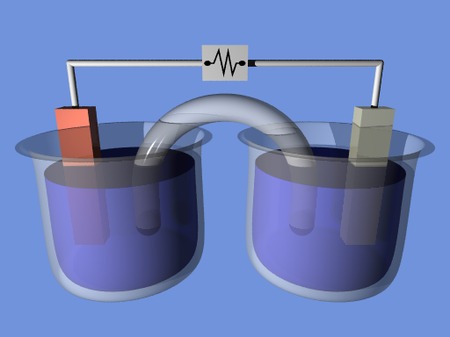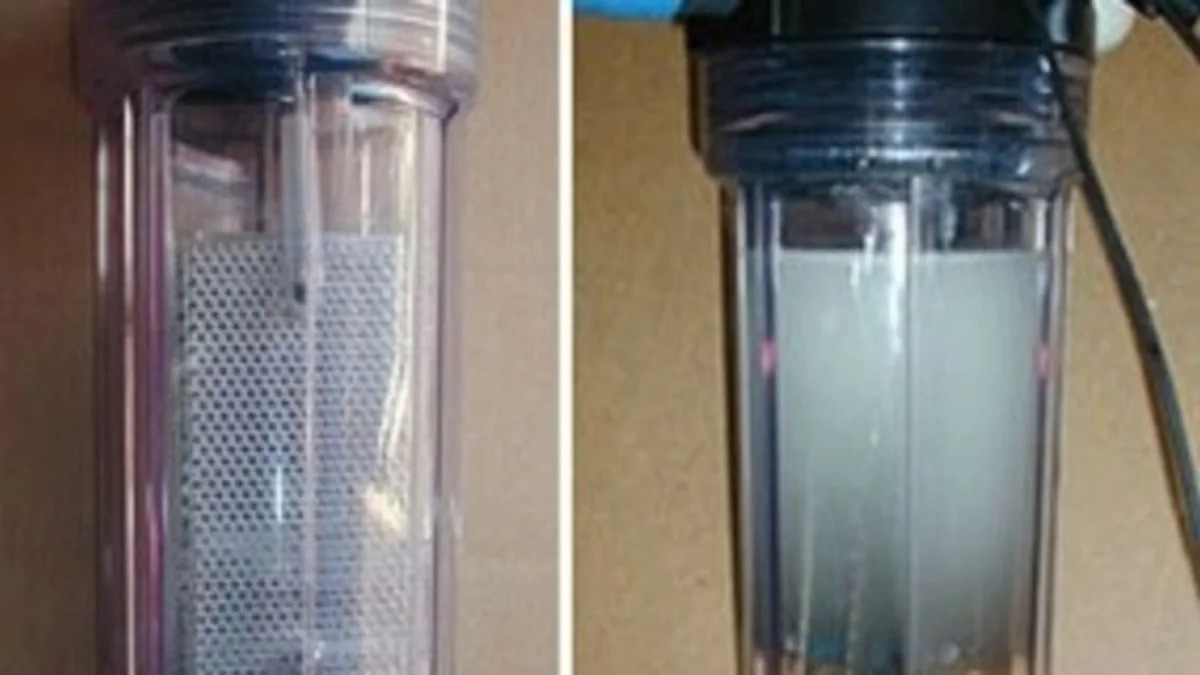Historically whenever gas prices have gone up, charlatans have come out of the woodwork offering drivers all manner of devices that are claimed to provide dramatic reductions in fuel consumption. From magnets that are clamped to fuel lines, to assorted vacuum advance devices, and intake vortex generators and magical carburetors none of these have actually been demonstrated to work. Many of these old school devices can still be found, but one of the most popular new devices is the on-board hydrogen generator and injection system.
The basic premise is that injecting hydrogen into the intake stream will displace some of the gasoline required, reducing both gasoline consumption and emissions. Just have hydrogen and injecting it will actually achieve this result since the hydrogen burns and produces only water and trace amounts of NOx (although much lower than gasoline or diesel engines). Burning more hydrogen means less gasoline is consumed. Easy right? Not so fast there buddy! Where does that hydrogen come from? The marketers out there are selling on-board hydrogen generators which are claimed to provide enough hydrogen to reduce gas consumption by 30-40 percent or more. Is this plausible? Not even close. Read on after the jump to find out why.
[Sources: Wikipedia, Hypertextbook.com, answers.com] Electrolysis of water is a process that's been known for over two centuries. It's not complicated, just stick a pair of electrodes into water and pass a current through them. Oxygen bubbles will be produced on one electrode and hydrogen on the other. Unfortunately as with all such processes it isn't 100 percent efficient. Some of the electrical energy put into the system is lost as heat. The process has gotten better over the years but it is still about 70 percent efficient at best.
If you convert 1 US gallon of water to hydrogen by electrolysis it will yield 420.6 g of hydrogen (H2 gas). If the electrolysis is 100% efficient it will take 16.821 kWh of electricity to crack 1 gallon of water. That 420 g of H2 only has an energy density of 14 kWh (33.3 kWh/kg * .4206). That's 16% more energy to crack the water than you get out of it. At 70 percent efficiency that means it would take about 24 kWh of input energy to produce hydrogen with 14 kWh of energy output.

To electrolyze water on the fly means the energy has to come from the engine via the alternator. Whatever electricity the alternator produces has to come from mechanical energy to drive it via the belt from the engine. That means the 24 kWh of energy will ultimately come from the engine while only 14 kWh will get put back in. As a result of this parasitic loss, on board hydrogen generation is an energy negative process that will actually reduce the total fuel efficiency of the vehicle because the load on the engine will be increased.
The only way that the fuel consumption of the vehicle can be reduced by hydrogen injection is to produce the hydrogen outside of the vehicle and store it as a gas on board. The total energy requirement doesn't change but off board generation opens up the possibility of using renewable sources like solar and wind to power the electrolysis.
With all of those companies selling on board electrolysis systems claiming to reduce fuel consumption there have even been news reports claiming these systems work. The answer to this is cheating. Ask any veteran NASCAR mechanic about places to store extra fuel on board a car. The same thing is being done by these scam artists. They are using stored hydrogen somewhere on board to make it seem as though their systems are beneficial.
Hydrogen injection is fine as a stop-gap but the hydrogen must be produced outside the vehicle. If home electrolysis systems or hydrogen filling stations are readily available, existing cars could fairly easily be retro-fitted with injection systems to reduce gasoline consumption. In India they are already experimenting with vehicles fueled by hythane (a blend of natural gas and hydrogen) but that is produced and sold that way.
The bottom line is don't waste your money on these devices. Want to save money and use less fuel? Drive less, consolidate trips, drive less aggressively.
The basic premise is that injecting hydrogen into the intake stream will displace some of the gasoline required, reducing both gasoline consumption and emissions. Just have hydrogen and injecting it will actually achieve this result since the hydrogen burns and produces only water and trace amounts of NOx (although much lower than gasoline or diesel engines). Burning more hydrogen means less gasoline is consumed. Easy right? Not so fast there buddy! Where does that hydrogen come from? The marketers out there are selling on-board hydrogen generators which are claimed to provide enough hydrogen to reduce gas consumption by 30-40 percent or more. Is this plausible? Not even close. Read on after the jump to find out why.
[Sources: Wikipedia, Hypertextbook.com, answers.com] Electrolysis of water is a process that's been known for over two centuries. It's not complicated, just stick a pair of electrodes into water and pass a current through them. Oxygen bubbles will be produced on one electrode and hydrogen on the other. Unfortunately as with all such processes it isn't 100 percent efficient. Some of the electrical energy put into the system is lost as heat. The process has gotten better over the years but it is still about 70 percent efficient at best.
If you convert 1 US gallon of water to hydrogen by electrolysis it will yield 420.6 g of hydrogen (H2 gas). If the electrolysis is 100% efficient it will take 16.821 kWh of electricity to crack 1 gallon of water. That 420 g of H2 only has an energy density of 14 kWh (33.3 kWh/kg * .4206). That's 16% more energy to crack the water than you get out of it. At 70 percent efficiency that means it would take about 24 kWh of input energy to produce hydrogen with 14 kWh of energy output.

To electrolyze water on the fly means the energy has to come from the engine via the alternator. Whatever electricity the alternator produces has to come from mechanical energy to drive it via the belt from the engine. That means the 24 kWh of energy will ultimately come from the engine while only 14 kWh will get put back in. As a result of this parasitic loss, on board hydrogen generation is an energy negative process that will actually reduce the total fuel efficiency of the vehicle because the load on the engine will be increased.
The only way that the fuel consumption of the vehicle can be reduced by hydrogen injection is to produce the hydrogen outside of the vehicle and store it as a gas on board. The total energy requirement doesn't change but off board generation opens up the possibility of using renewable sources like solar and wind to power the electrolysis.
With all of those companies selling on board electrolysis systems claiming to reduce fuel consumption there have even been news reports claiming these systems work. The answer to this is cheating. Ask any veteran NASCAR mechanic about places to store extra fuel on board a car. The same thing is being done by these scam artists. They are using stored hydrogen somewhere on board to make it seem as though their systems are beneficial.
Hydrogen injection is fine as a stop-gap but the hydrogen must be produced outside the vehicle. If home electrolysis systems or hydrogen filling stations are readily available, existing cars could fairly easily be retro-fitted with injection systems to reduce gasoline consumption. In India they are already experimenting with vehicles fueled by hythane (a blend of natural gas and hydrogen) but that is produced and sold that way.
The bottom line is don't waste your money on these devices. Want to save money and use less fuel? Drive less, consolidate trips, drive less aggressively.


Sign in to post
Please sign in to leave a comment.
Continue